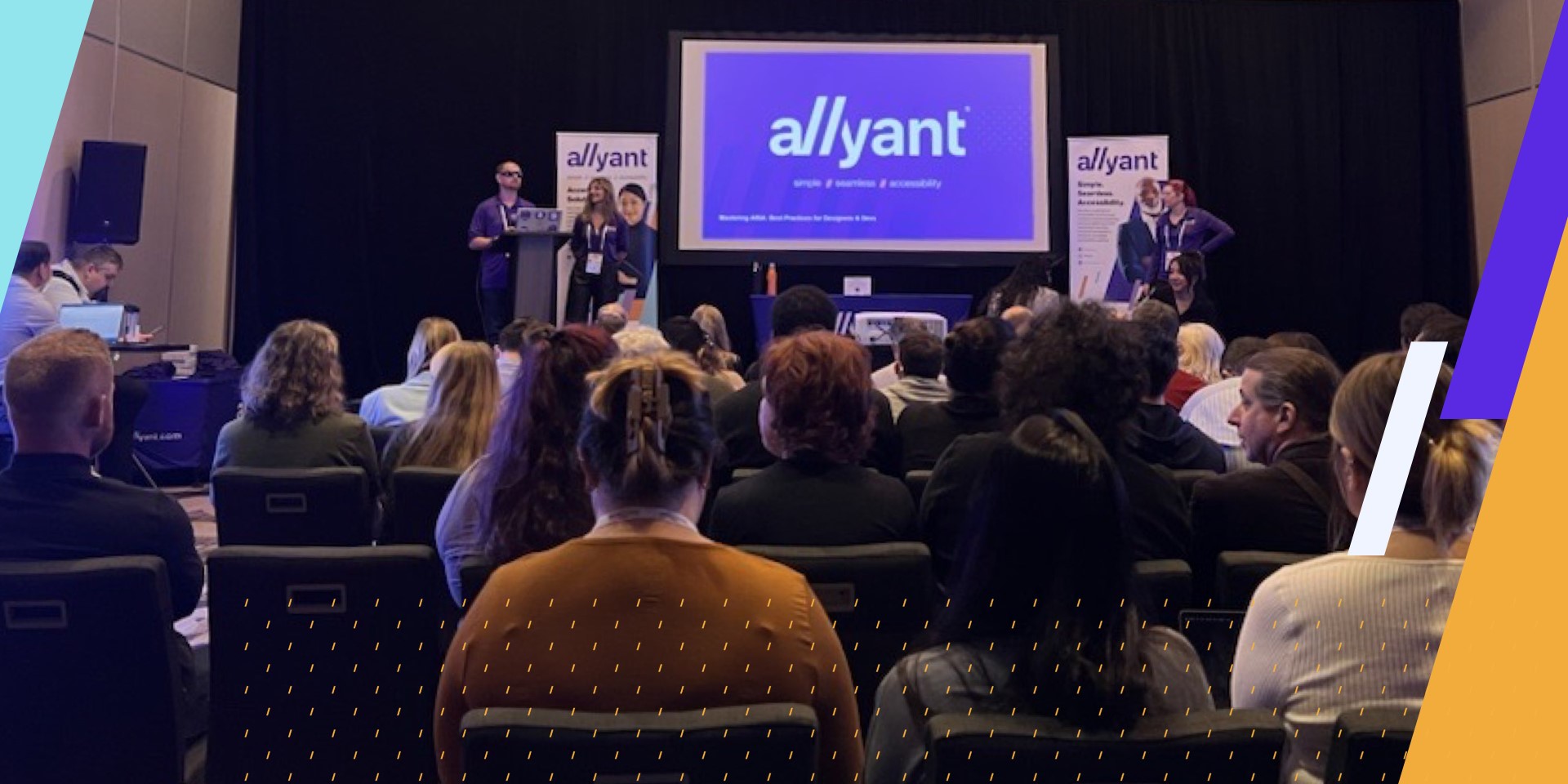Simple.
Seamless.
Accessibility.
We make accessibility simple, seamless, and efficient for organizations—ensuring equitable access to digital, document, and printed information for people with disabilities.

Guiding State & Local Governments Through the 2024 DOJ Accessibility Regulations
May 8, 2024 – 1:00 PM EST
Join us for a highly informative webinar where attendees will delve into the intricacies of the DOJ’s announcement, including compliance timelines, criteria, and actionable insights. Discover how Allyant’s specialized program can empower your organization to meet and exceed accessibility standards, ensuring equitable access to essential services for all citizens.
Register TodayAchieve Accessibility Excellence in all your Communications: Digital, Document, and Print
May 16, 2024 – 1:00 PM EST
Join us for an illuminating webinar as we celebrate GAAD’s anniversary and delve into accessibility solutions that empower organizations to achieve inclusivity and compliance in all their communications.
Register Today
Stay Up-to-Date.
Latest News.
Whether you’re looking for industry insights, tips, tricks and more—our news section is your source for accessibility information.
-

3 Things I Learned at CSUN 2024 as a User with Vision Impairment
This year, I had the privilege of presenting at CSUN 2024 on multiple topics on behalf of Allyant. In addition to the excellent opportunity to…
Read More -

Do I Need to Make My Website Material Available in Braille?
Individuals who are unable to see or have difficulty with their vision often use braille (a system of raised dots that represent words)…
Read More -

My Experience Using Assistive Technology as an Indie Game Developer
I’ve been an avid gamer since I was about three years old, playing Super Mario, Zelda, and Duck Hunt on my Dad’s original Nintendo. I’d…
Read More
